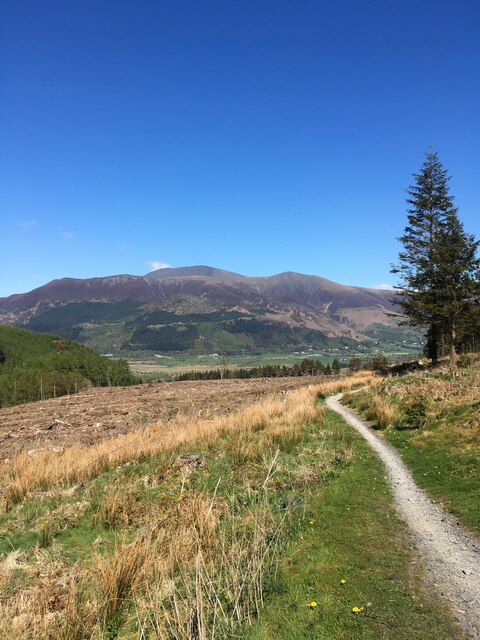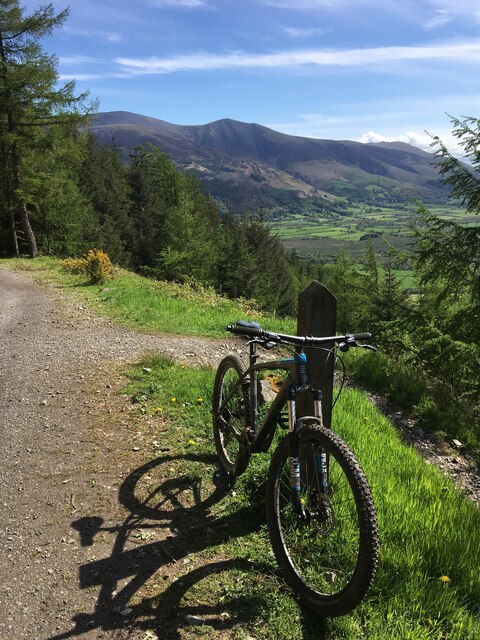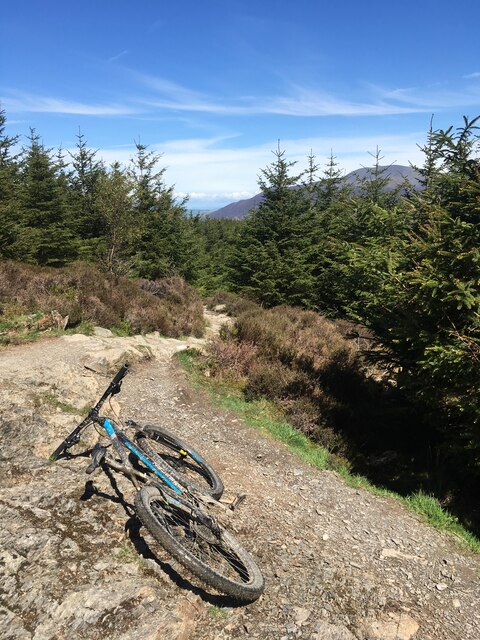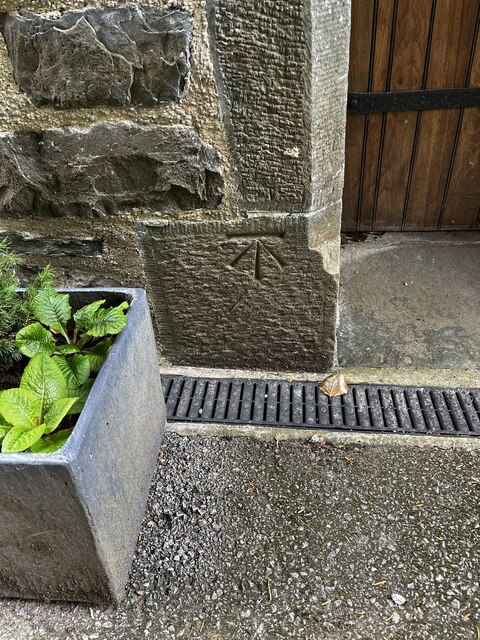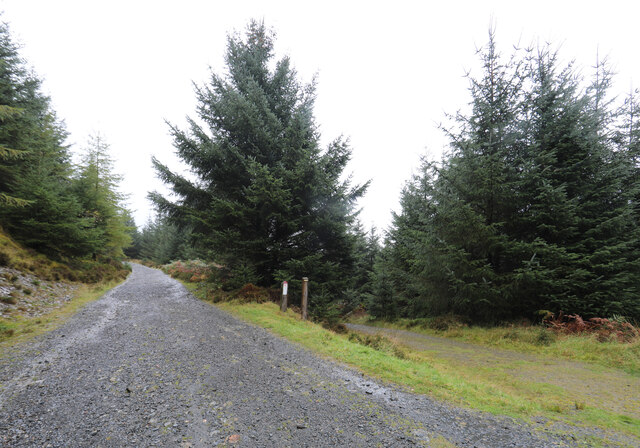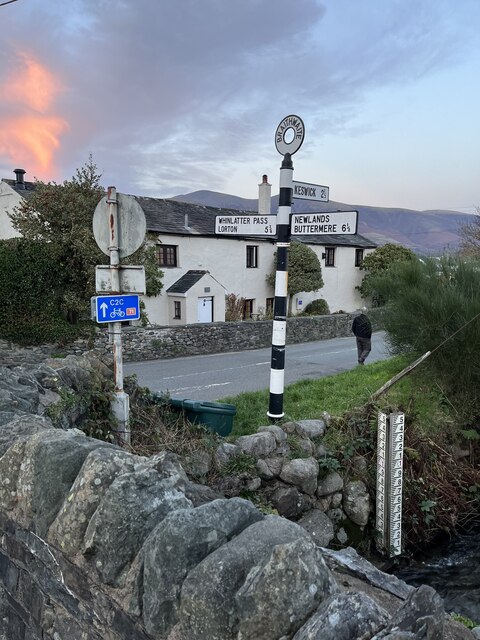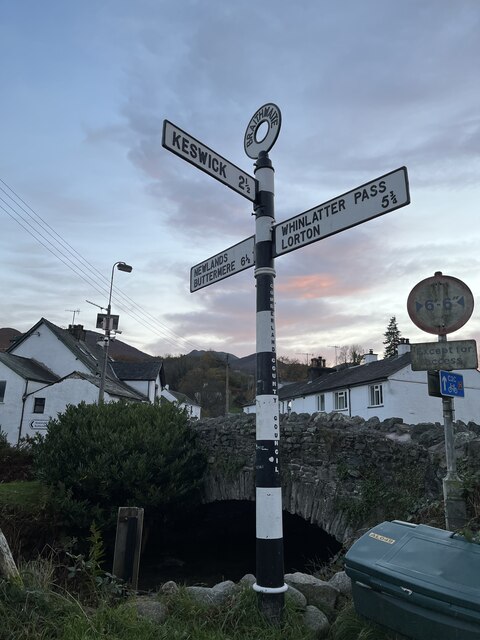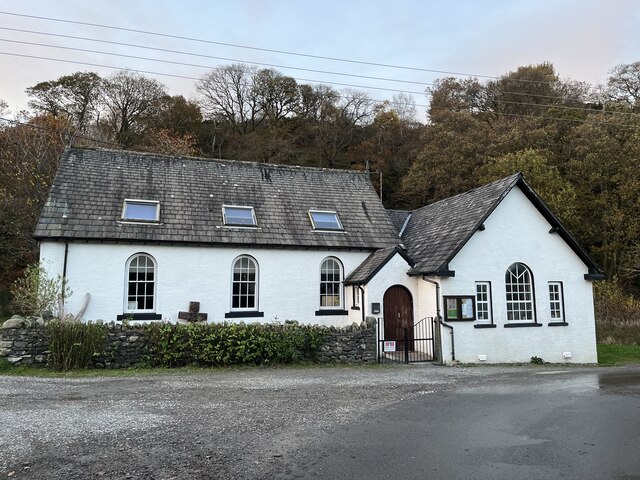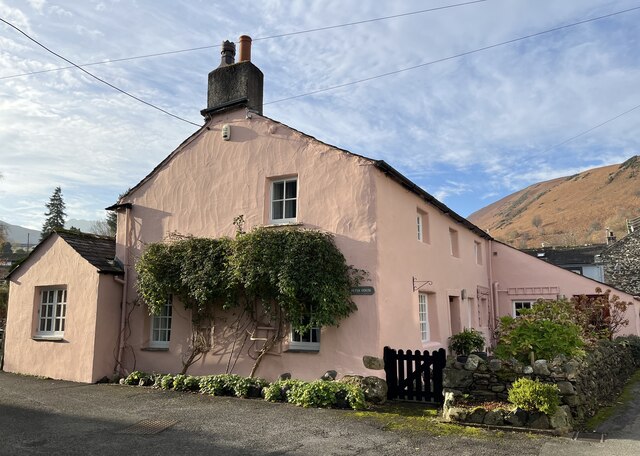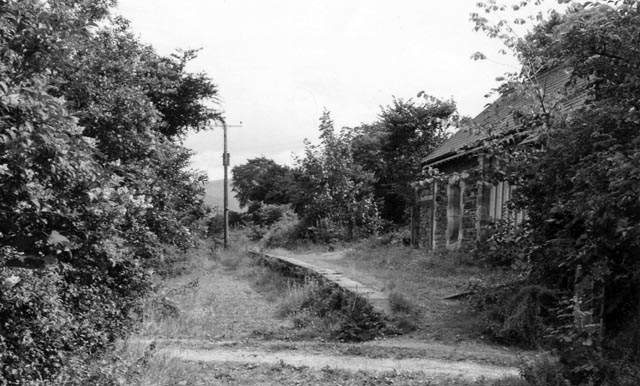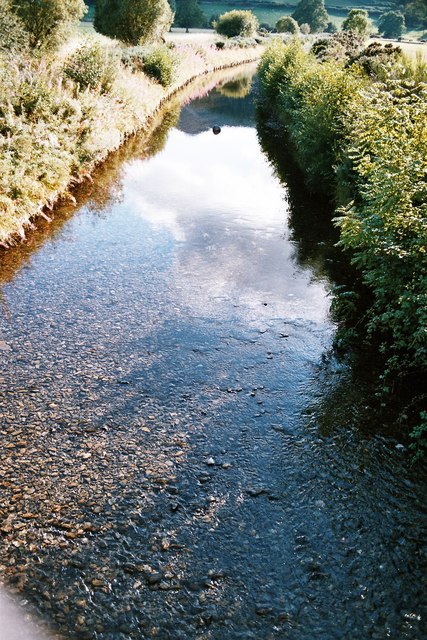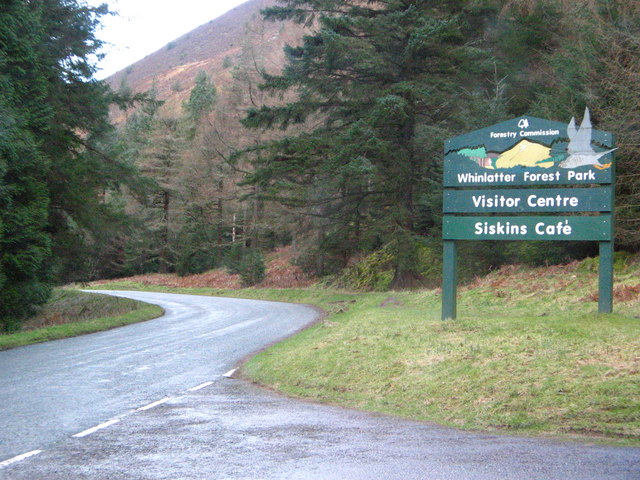Spring Bank
Settlement in Cumberland Allerdale
England
Spring Bank
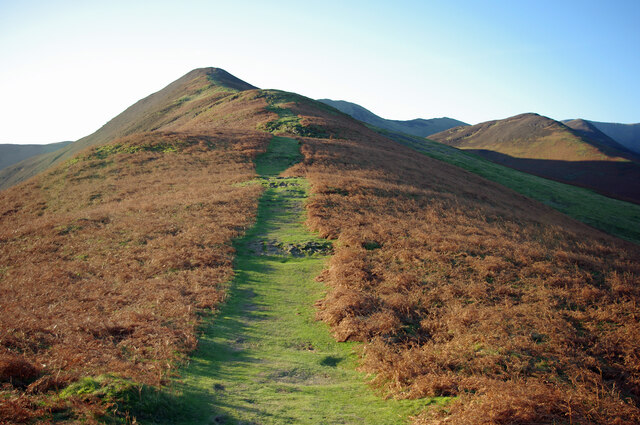
Spring Bank is a small village located in Cumberland, England. It is situated in the northern part of the county, close to the Scottish border. The village is known for its picturesque countryside and charming rural atmosphere.
Much of Spring Bank's landscape is characterized by rolling hills, lush green fields, and meandering streams. The village is surrounded by a mix of farmland and woodland, providing residents and visitors with ample opportunities for outdoor activities such as hiking, cycling, and wildlife spotting.
The village itself is small, with a population of around 500 people. It has a close-knit community, where neighbors often know each other and come together for local events and celebrations. The architecture of the village is predominantly traditional, with stone cottages and houses lining the streets. There is also a small village green, where residents can gather and enjoy the peaceful surroundings.
Spring Bank has limited amenities, with a few shops and a local pub providing essential services and a place for socializing. For more extensive shopping and entertainment options, residents often travel to nearby towns and cities.
Overall, Spring Bank offers a tranquil and idyllic setting for those seeking a quiet rural lifestyle. Its natural beauty and sense of community make it an attractive place to live or visit for those who appreciate the charm of the English countryside.
If you have any feedback on the listing, please let us know in the comments section below.
Spring Bank Images
Images are sourced within 2km of 54.605121/-3.2090288 or Grid Reference NY2224. Thanks to Geograph Open Source API. All images are credited.
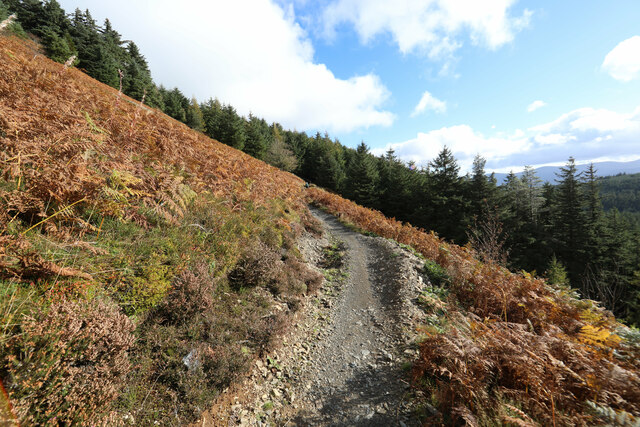
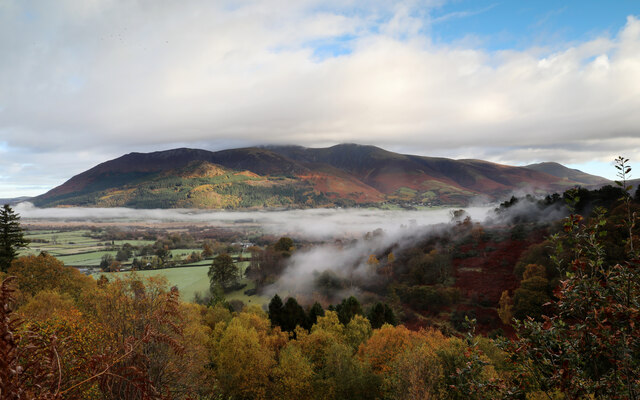
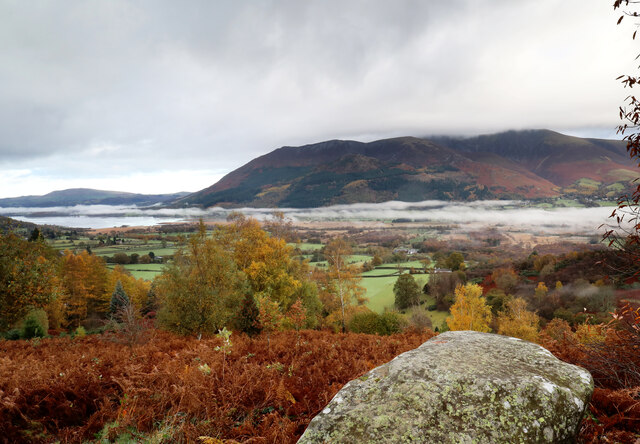
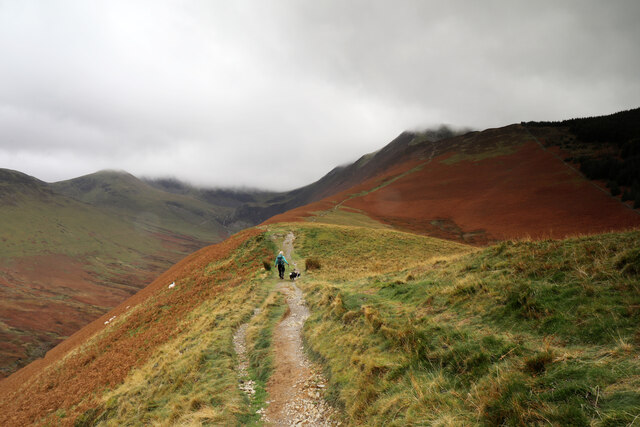
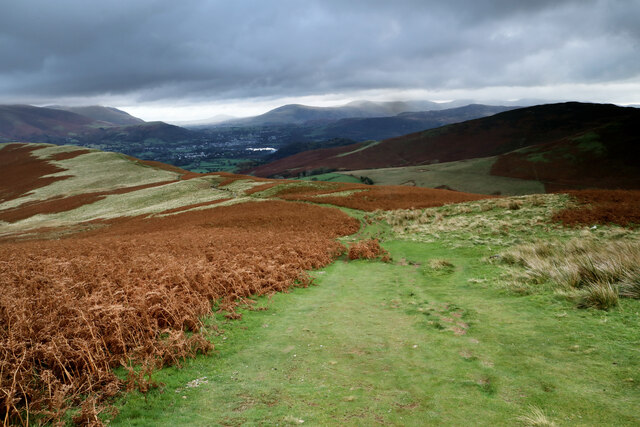


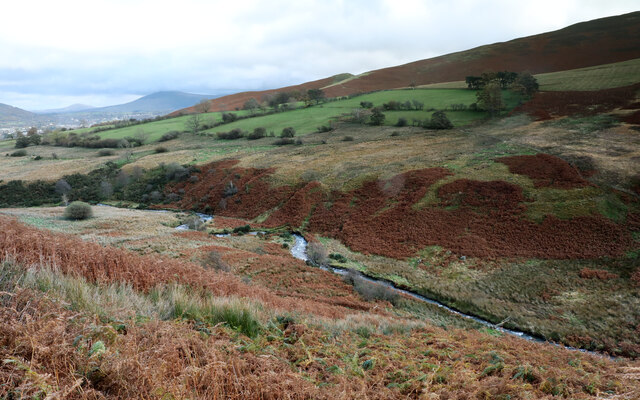
Spring Bank is located at Grid Ref: NY2224 (Lat: 54.605121, Lng: -3.2090288)
Administrative County: Cumbria
District: Allerdale
Police Authority: Cumbria
What 3 Words
///after.surprises.violin. Near Keswick, Cumbria
Nearby Locations
Related Wikis
Braithwaite
Braithwaite is a village in the northern Lake District, in Cumbria, England. Historically in Cumberland, it lies just to the west of Keswick and to the...
Braithwaite railway station
Braithwaite railway station was situated on the Cockermouth, Keswick and Penrith Railway between Penrith and Cockermouth in Cumbria, England. The station...
Thornthwaite
Thornthwaite is a village in Cumbria, England. Historically in Cumberland, it is just off the A66 road, south of Bassenthwaite Lake and within the Lake...
Coledale Beck
Coledale Beck is a minor river running through Cumbria in England. == Course == The beck rises north east of Eel Crag, where Pudding Beck meets Birkthwaite...
Chapel Beck
Chapel Beck is a minor river in the county of Cumbria in England. The beck rises in the Whinlatter Forest in the Lake District at the confluence of Grisedale...
Barrow (Lake District)
Barrow is small fell in the English Lake District in the county of Cumbria which reaches a height of 455 metres (1,494 feet). It is in the Newlands Valley...
Grisedale Pike
Grisedale Pike is a fell in the Lake District, Cumbria, England, situated 4+1⁄2 miles (7 kilometres) west of the town of Keswick in the north-western sector...
Whinlatter Pass
The Whinlatter Pass is a mountain pass in the Lake District in Cumbria, England. It is located on the B5292 road linking Braithwaite, to the west of Keswick...
Nearby Amenities
Located within 500m of 54.605121,-3.2090288Have you been to Spring Bank?
Leave your review of Spring Bank below (or comments, questions and feedback).
